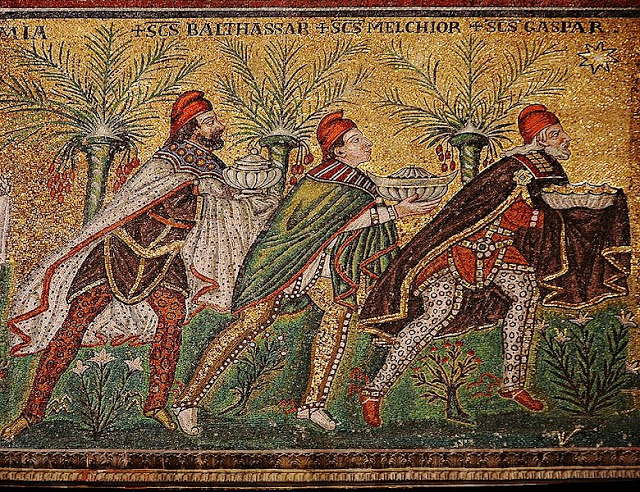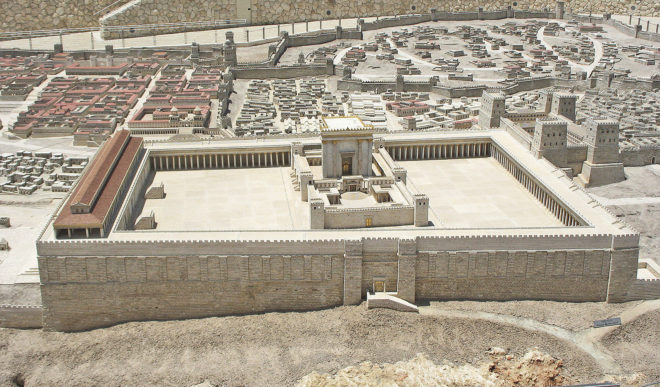I’ve always liked to mix up potions and collect herbs. One year, back in the 1980’s I bought some frankincense for Christmas. I was teaching my kids about the tradition of the three wise men and their gift of frankincense to Jesus. (I just listened to a new book by Bill Bryson — The Secret History of Christmas, which has some additional insights.)
This seems like an odd baby gift in today’s world.
I ordered frankincense from my favorite herb shop, and it arrived in a small brown paper bag with the name stamped in red across it...Frankincense. It looked like beads of dried sap. And that’s precisely what it is:
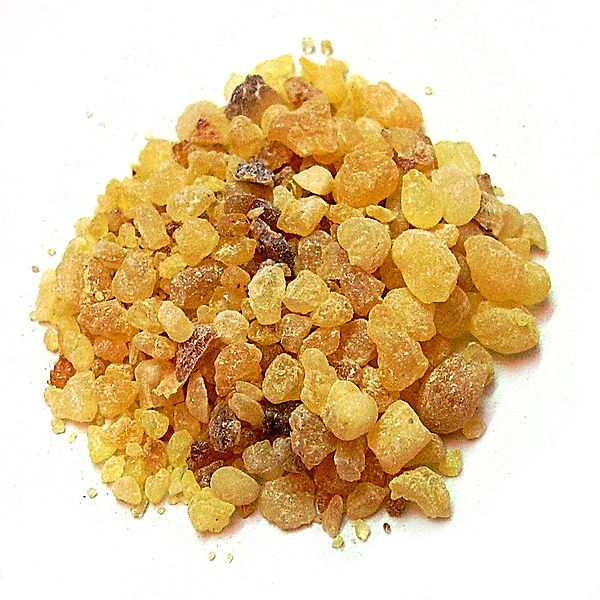
What is Frankincense?
Frankincense is called olibanum or, in Hebrew, levonah. It is a resin from the Boswellia sacra tree — a small, scrappy tree that grows in rocky soil.
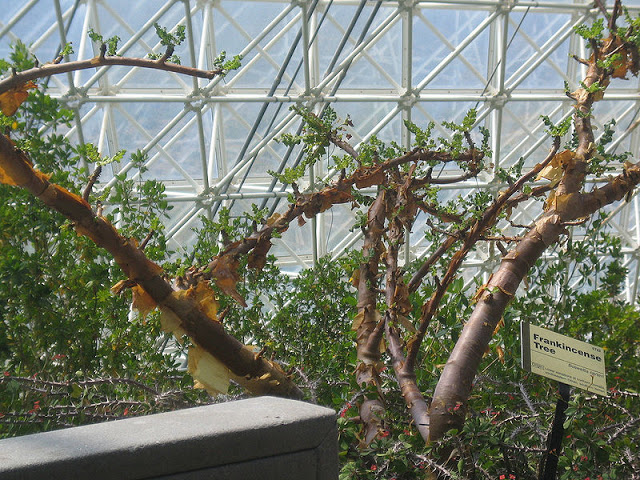
The bark is stripped or sliced to allow the resins to ooze out, forming small yellowish drops of resin that harden. The hard resin drops are then collected. It is an aromatic called terpene. When you light the resin on fire, it produces the aromatic incense known as frankincense.
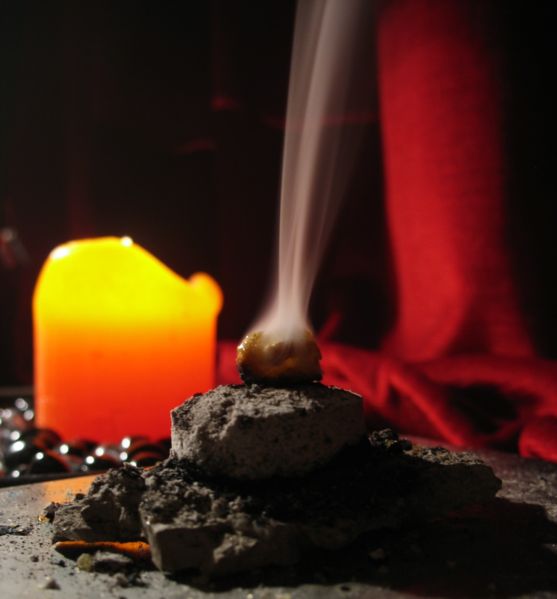
How Frankincense was used anciently
Frankincense was considered a holy incense, even in Moses’s days when the Israelites were wandering in the wilderness. They carried the Tabernacle with them and offered sacrifices to God. The Priest ground the frankincense resin into a powder, mixed it with three spices, and burned it on the Golden Altar of Incense, inside the Tabernacle, located just outside the veil hiding the Holy of Holies and the Mercy Seat (the place where God would appear.) The Priest used a censer or fire pan to pick-up coals from the other altar outside (used for animal sacrifice) and placed them on the Golden Incense Altar inside the Tabernacle. He then placed the powdered incense on the hot coals where it would begin to smoke. The incense filled the tabernacle, penetrating beyond the second veil where stood the Holy of Holies. It was an offering of thanks to God for the blood that was shed, the animal that was sacrificed as a symbol (Exodus 30:34). The sweet aromatic smoke ascended to Heaven as a prayer (and probably disguised the smell of all those animal sacrifices outside the tabernacle.)
The Altar of Incense was made of shittim wood, with gold inlaid over it and four horns, one on each corner. Aaron was commanded to burn this incense every morning and at twilight — twice a day and to keep it burning as “a perpetual incense before the Lord.”

The priest performed this sacrifice of incense daily, but he would not go behind the inner veil — only the High Priest approached the Mercy seat, the Holy of Holies, and only on one day of the year, the Day of Atonement.(Lev 16:12)
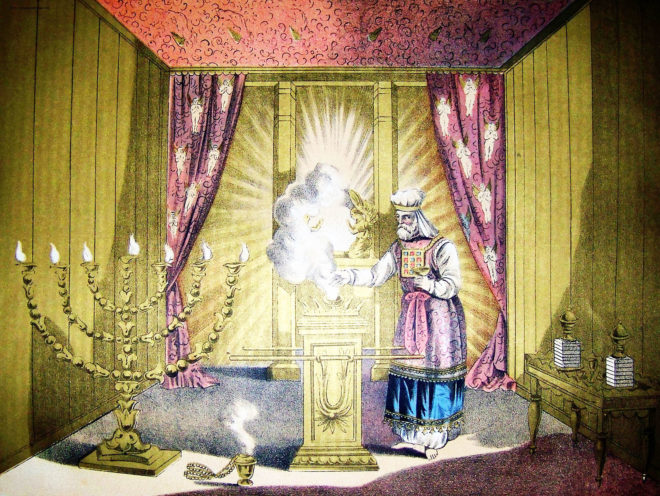
When Christ was born, the tabernacle in the wilderness had been replaced by the Temple in Jerusalem. Zacharias (father of John the Baptist) was the Priest appointed to light the incense. (Luke 1:8-10)
“And the whole multitude of the people were praying outside at the hour of incense.”
Why the frankincense gift for Christ?
Perhaps it was the holiest of gifts, reserved for temple worship, in symbolism of the sacrifice and atonement for sin, a prayer of thanks offered up to God for sending His Son to redeem us. A symbol that you could both see and smell. The coals from the altar where the lamb had been sacrificed provided the heat for the incense to burn. This incense was sweet, filled the tabernacle, and was always burning, an appropriate symbol of God’s love and sacrifice.
The Tabernacle in the Wilderness:
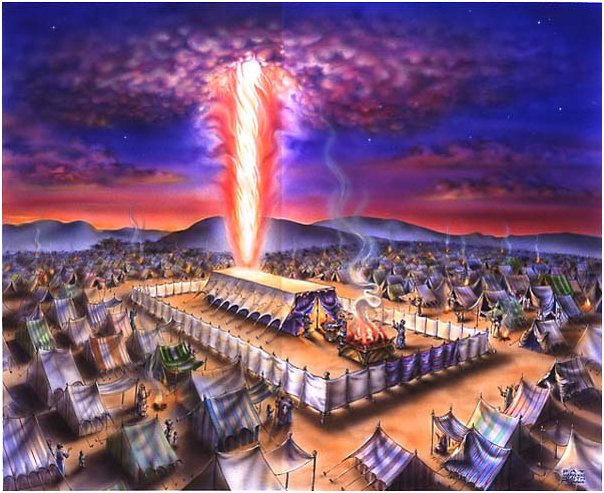
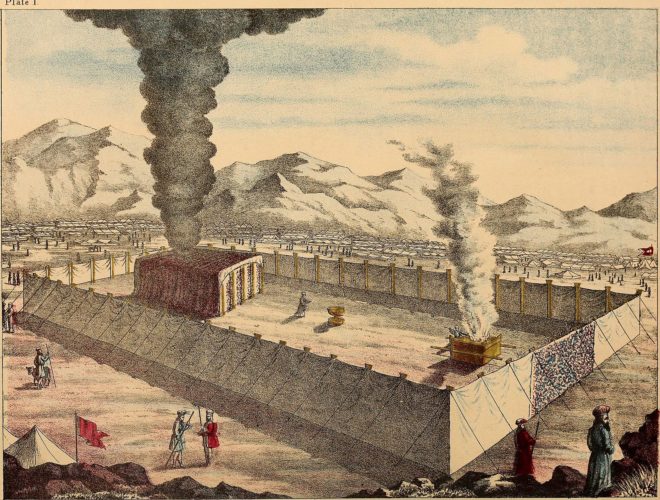
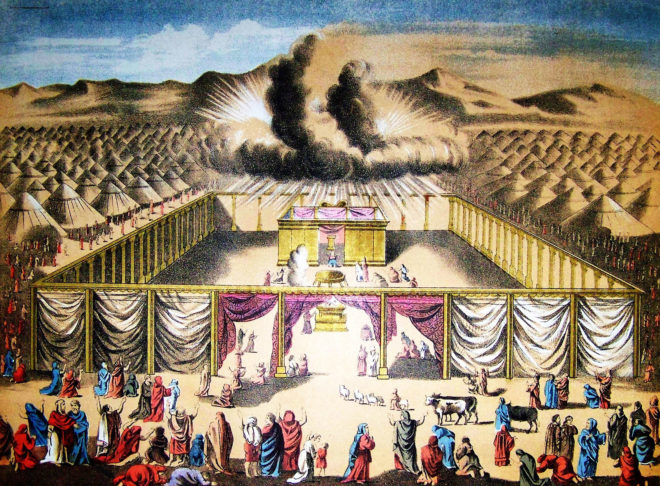
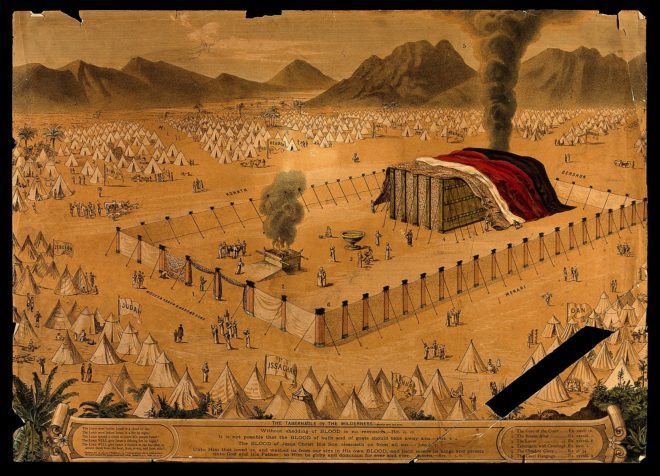
*Post Updated. Originally published December 2011.

